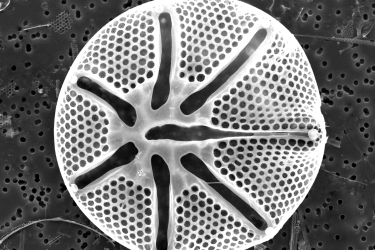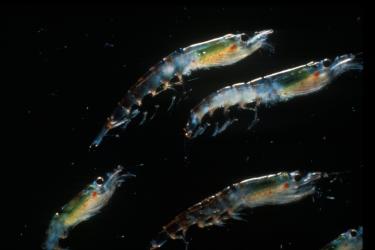I learned from comic books that every superhero and supervillain has an origin story…a story of how they acquired their superpowers. Well, I don’t claim to be either, but I too have a story. Here is the story of how I acquired my superpower: passive acoustic monitoring.
I am Jay Barlow, Senior Scientist at the Southwest Fisheries Science Center, and I founded the marine mammal acoustics program here. My interest in marine mammal acoustics began in the early 1990s when I visited two sperm whale researchers in New Zealand, Steve Dawson and Liz Slooten. They showed me how they used a directional hydrophone to listen to sperm whales as the whales dove and foraged for food off the coast of Kaikura, New Zealand. They could track the whales underwater and be there for photographs when they surfaced.
At the time, I was pondering how we might improve our estimates of abundance for beaked whales. The fishery bycatch of beaked whales off California exceeded allowable limits, and it looked like the drift gillnet fishery for swordfish could be shut down unless this problem could be solved. However, we knew that our visual surveys were underestimating beaked whale abundance because they dive so long (now known to sometimes exceed two hours). I figured that if we could get better abundance estimates, we could learn whether the bycatch was truly unsustainable. Maybe we could use hydrophones to detect diving beaked whales the same way Steve and Liz tracked submerged sperm whales.
This insight led to a 1995 research cruise called Cetacean Acoustic Detection and Dive Interval Studies (CADDIS) in the Gulf of California, Mexico. We chose this location because we found an abundance of beaked whales and calm weather on previous cruises. At the time, almost nothing was known about the sounds made by beaked whales (and much remained unknown about their biology and diversity). We assumed they made echolocation clicks when feeding, but nobody knew for sure. We assembled a team of marine mammal acousticians (including Steve Dawson and Don Ljungblad), experienced beaked whale observers, and the best tape recorders money could buy. Yes, at that time the only semi-portable devices capable of recording sounds up to 150 kHz were Racal Store-4 reel-to-reel tape recorders, which moved the tape at 60 inches per second. On the ship we also had a Sun minicomputer that could record digital signals in stereo at very high sample rates (1 MHz). All very state-of-the-art. All very laughable now.
That cruise had some successes (the first high-frequency recordings of Baird’s beaked whales and the first measurements of dive intervals for beaked whales) and some failures (we did not record signals from Cuvier’s or pygmy beaked whales). But the superpower of passive acoustic monitoring had been released. Now, 26 years later, we can routinely detect and localize beaked whales on towed hydrophone arrays. We have learned how to tell different beaked whale species apart just from their echolocation pulses. We have learned to ditch the ship and obtain much better acoustic recordings from drifting recording systems that are deployed from ships and picked up later. We have realized the dream of making much more precise estimates of beaked whale abundance using acoustics. Our superpower grows with each passing year!



